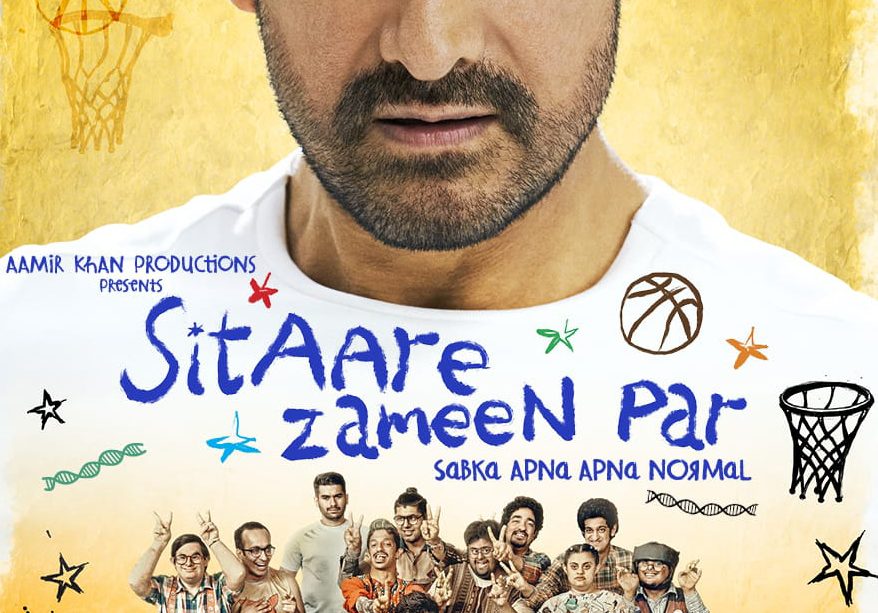Box Office Collection and Impact of Sitaare Zameen Par

Introduction
‘Sitaare Zameen Par,’ a poignant drama directed by Aamir Khan, was released in 2007 and has experienced a resurgence in popularity, especially among the younger audience. The film, which delves into the life of a dyslexic child and emphasizes the importance of understanding and education, has been a topic of conversation in recent discussions about inclusive filmmaking in India. With its box office collection and critical acclaim, it remains relevant even after years of its release.
Main Body
Upon its release, ‘Sitaare Zameen Par’ received widespread acclaim for its sensitive portrayal of a child struggling with learning disabilities. During its theatrical run in India, the film grossed approximately ₹60 crores at the box office, a significant achievement for a film that deals with a niche subject matter. Its unique narrative and engaging storytelling resonated with audiences across diverse demographics, reflecting the changing landscape of Indian cinema where mainstream stories are increasingly showcasing social issues.
The film not only performed well domestically but also garnered international attention. Screening at various film festivals around the world, it helped spark discussions about educational practices and the need for a more empathetic approach towards children with learning difficulties. The song ‘Maa,’ composed by A.R. Rahman, became particularly iconic and further contributed to the film’s emotional resonance and commercial success.
In recent years, the film has also seen a revival through re-releases and streaming platforms, allowing new generations to access and experience its story. As of 2023, discussions have been reignited surrounding educational reforms in India, making ‘Sitaare Zameen Par’ an important catalyst for change.
Conclusion
The enduring legacy of ‘Sitaare Zameen Par’ goes beyond its box office collection; it has become synonymous with progress in understanding learning disabilities in India. Its success serves as a reminder of the power of storytelling in addressing serious societal issues. Moving forward, the film’s impact is expected to inspire more filmmakers to tackle similarly challenging subjects, paving the way for a more inclusive and diverse cinematic narrative in Indian cinema.









